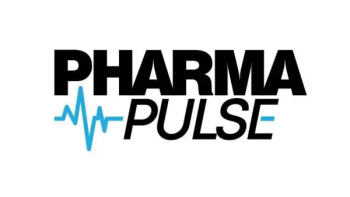
Evaluate Pharma predicts top companies, products in 2018
Novartis could overtake Pfizer as No. 1, while Merck's Januvia/Janumet franchise will approach $10 billion in annual sales
As part of its World Preview 2018, London-based market research company Evaluate Pharma has made projections of the current and future global pharma markets, as well as the performance of top players and brands in that market. Novartis and Pfizer could exchanging the No. 1 and No. 2 positions in prescription drug sales—and with Sanofi in a virtual tie with Pfizer for No. 2. Eli Lilly could drop from No. 10 to No. 17, while Bristol Myers Squibb could be the new No. 10, up from No. 11 today. Perhaps equally significantly, Novartis will expand its R&D budget, reaching $10.1 billion in 2018, while Pfizer’s is projected to drop, from $8.1 billion in 2011 to $6.7 billion in 2018. (How a projection of R&D spending six years into the future can be made is your guess as well as mine.)
On the product front, Evaluate Pharma says that the top brand in 2018 will be the diabetes treatment Januvia/Janumet (sitagliptin phosphate), with sales of $9.7 billion, up from 2011’s $5.1 billion. Among 20 top products, the only one not yet commercialized is projected to be Gilead Science’s GS-7977, the hepatitis C protease inhibitor, which could reach $5.4 billion in sales.
Last year, Evaluate Pharma projected a 4% annual growth rate for the global prescription-drug market through 2016; this year, the company is projecting a 3.1% rate, reaching $885 billion in 2018. Over that time frame, US and European sales will be mostly flat. One other interesting statistic: Bristol Myers Squibb, which has undergone a turnaround in sales and stock price in the past couple years, will be growing in the future based on sales of its Yervoy and Eliquis brands; those two products were acquired by BMS in 2004 and 2001, respectively, which shows “how long the investment horizon can be” for blockbuster brands, according to Evaluate.
Newsletter
Stay ahead in the life sciences industry with Pharmaceutical Commerce, the latest news, trends, and strategies in drug distribution, commercialization, and market access.




